Home>Furniture & Design>Bathroom Accessories>How To Keep Water From Leaking Outside A Shower Curtain
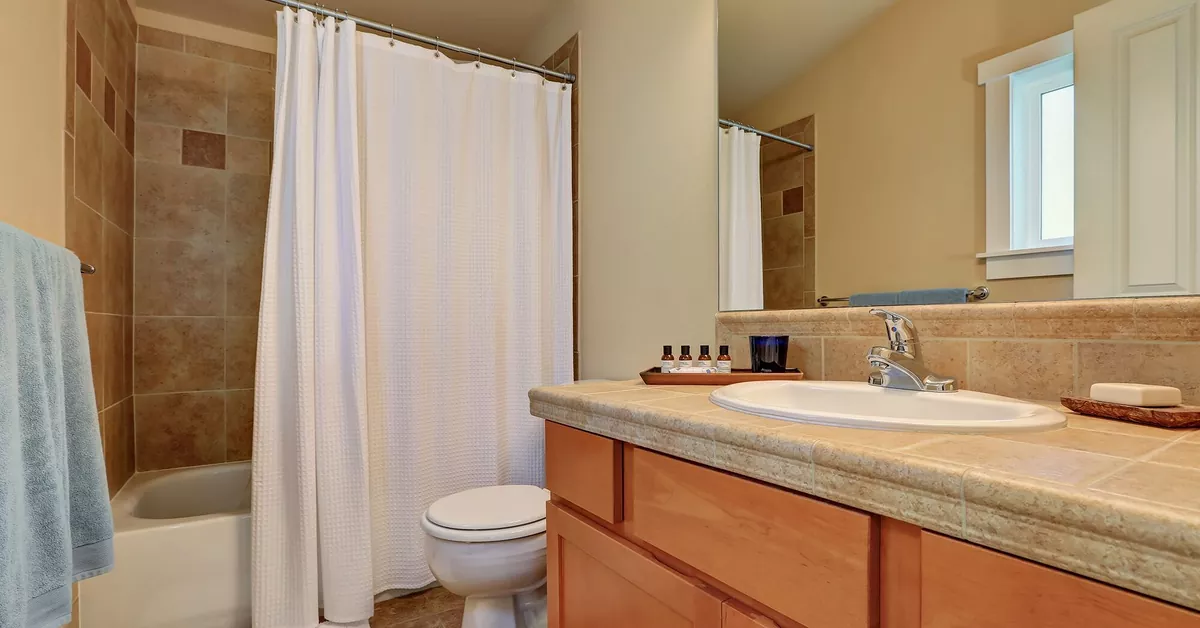

Bathroom Accessories
How To Keep Water From Leaking Outside A Shower Curtain
Modified: February 18, 2024
Learn how to prevent water from leaking outside your shower curtain with the right bathroom accessories. Keep your bathroom dry and clean with these helpful tips.
(Many of the links in this article redirect to a specific reviewed product. Your purchase of these products through affiliate links helps to generate commission for Storables.com, at no extra cost. Learn more)
Introduction
Dealing with water leaking outside a shower curtain can be a frustrating and messy issue. Whether it's a small puddle or a larger pool of water, this problem can lead to slippery floors, potential water damage, and an overall unpleasant showering experience. Fortunately, there are several effective strategies to prevent water from escaping your shower area and keep your bathroom dry and safe.
In this comprehensive guide, we will explore various methods to address the common issue of water leakage outside a shower curtain. From selecting the right shower curtain to implementing practical solutions such as shower liners, splash guards, and weighted curtains, we'll cover everything you need to know to maintain a watertight shower enclosure.
By understanding the factors that contribute to water leakage and learning how to mitigate them, you can ensure a more enjoyable and hassle-free showering experience. Let's delve into the details of how to keep water from leaking outside a shower curtain and take proactive steps to maintain a dry and secure bathroom environment.
Key Takeaways:
- Choose a high-quality, water-resistant shower curtain that fits your shower area to prevent water leakage and enhance the bathroom’s visual appeal. Consider material, size, design, and additional features for maximum effectiveness.
- Incorporate practical solutions like shower liners, splash guards, and weighted curtains to minimize water leakage. Regular maintenance and inspection are crucial for upholding the effectiveness of these preventive measures and ensuring a hassle-free showering experience.
Read more: How To Keep A Shower Curtain From Molding
Choosing the Right Shower Curtain
Selecting the right shower curtain is a crucial first step in preventing water from leaking outside the shower area. When choosing a shower curtain, it's essential to consider both functionality and style to ensure an effective and aesthetically pleasing solution.
Material and Thickness
Opt for a shower curtain made from a durable and water-resistant material, such as vinyl, polyester, or nylon. These materials are specifically designed to repel water and prevent leakage, providing an effective barrier between the shower and the rest of the bathroom. Additionally, consider the thickness of the curtain, as a thicker material can offer better water containment and durability.
Size and Coverage
Ensure that the shower curtain is wide enough to provide adequate coverage for the entire shower area. It should extend beyond the edges of the shower opening to effectively contain splashing water. Additionally, consider the length of the curtain to ensure it reaches close to the floor, preventing water from seeping underneath.
Design and Style
While functionality is paramount, the design and style of the shower curtain also play a significant role in enhancing the overall aesthetic of the bathroom. Choose a curtain that complements the existing decor and color scheme, adding a touch of personal flair to the space. Whether opting for a simple, solid-colored curtain or a patterned design, the goal is to strike a balance between functionality and visual appeal.
Additional Features
Some shower curtains come with built-in features designed to enhance their effectiveness in preventing water leakage. Look for curtains with weighted hems or magnets at the bottom to ensure they stay in place and maintain a tight seal during showering. These additional features can significantly contribute to the curtain's ability to contain water within the shower enclosure.
By carefully considering the material, size, design, and additional features of the shower curtain, you can effectively minimize the risk of water leaking outside the shower area. Choosing a high-quality, well-fitted shower curtain tailored to your specific needs and preferences is a proactive step toward maintaining a dry and secure bathroom environment.
Using a Shower Liner
In addition to selecting an appropriate shower curtain, using a shower liner can provide an extra layer of protection against water leakage outside the shower area. A shower liner, typically made of vinyl or plastic, serves as a barrier to further safeguard the bathroom from water damage and maintain a clean and dry environment. Here's a closer look at the benefits and considerations when using a shower liner.
Benefits of a Shower Liner
-
Enhanced Water Resistance: A shower liner acts as a secondary shield against water, reinforcing the containment capabilities of the shower curtain. By adding an extra layer of water resistance, the liner helps prevent leaks and seepage, especially in cases where the shower curtain alone may not provide sufficient coverage.
-
Protection for Fabric Curtains: For those using fabric shower curtains, a liner offers protection against moisture, extending the lifespan of the curtain and preventing mold or mildew buildup. This is particularly beneficial in bathrooms with high humidity levels, where the risk of fabric deterioration due to prolonged exposure to moisture is heightened.
-
Easy Maintenance: Shower liners are relatively easy to clean and maintain, making them a practical addition to the shower setup. Their smooth, non-porous surface allows for quick and hassle-free cleaning, contributing to a more hygienic and manageable bathroom environment.
Considerations When Using a Shower Liner
-
Proper Installation: Ensuring the shower liner is properly installed is essential for its effectiveness. It should be positioned inside the tub or shower enclosure, extending to the same length as the shower curtain to provide comprehensive coverage. Proper installation minimizes the chances of water escaping and reaching the bathroom floor.
-
Quality and Durability: Opt for a high-quality shower liner that is resistant to tearing, mildew, and mold. Investing in a durable liner not only enhances its longevity but also reinforces its ability to withstand the rigors of daily use and maintain its water-repelling properties over time.
-
Maintenance and Replacement: Regular inspection and cleaning of the shower liner are important to prevent the buildup of soap scum, mildew, or mold. When signs of wear and tear become apparent, such as tears, discoloration, or loss of water resistance, it's advisable to replace the liner promptly to uphold its effectiveness in preventing water leakage.
By incorporating a shower liner into your bathroom setup, you can bolster the protective measures against water leakage outside the shower area. When used in conjunction with a well-chosen shower curtain, a shower liner contributes to a more resilient and watertight shower enclosure, promoting a cleaner, safer, and more enjoyable showering experience.
Installing a Shower Splash Guard
When it comes to preventing water from leaking outside a shower curtain, installing a shower splash guard can be a highly effective solution. A splash guard is a simple yet practical addition to the shower area, designed to contain water and minimize the risk of leakage onto the bathroom floor. By creating a barrier that redirects splashing water back into the shower enclosure, a splash guard offers an additional layer of protection and helps maintain a dry and secure bathroom environment.
Types of Splash Guards
There are various types of splash guards available, each offering unique features and installation methods to suit different shower configurations and preferences. Common types of splash guards include:
-
Vertical Splash Guards: These are vertical panels or barriers installed along the edges of the shower opening to contain water and prevent it from escaping onto the bathroom floor. They are typically made of durable materials such as plastic or glass and can be affixed to the wall or the shower structure.
-
Bottom Splash Guards: These guards are designed to be placed at the bottom of the shower entrance, effectively blocking water from flowing out while providing a seamless transition for entering and exiting the shower. They are often made of flexible materials that conform to the contours of the shower base.
-
Magnetic Splash Guards: Equipped with magnets, these guards adhere to the shower curtain, creating a secure seal that prevents water from seeping out. They are particularly effective in conjunction with fabric shower curtains, enhancing their containment capabilities.
Installation Considerations
When installing a shower splash guard, several key considerations should be taken into account to ensure optimal effectiveness and functionality:
-
Proper Fit and Coverage: The splash guard should be sized and positioned to provide comprehensive coverage along the edges and bottom of the shower entrance. This ensures that water is effectively contained within the shower enclosure, minimizing the potential for leakage.
-
Secure Attachment: Whether using adhesive, screws, or other fastening methods, it is essential to securely attach the splash guard to the designated surface. This promotes stability and longevity, preventing the guard from shifting or becoming dislodged during regular use.
-
Compatibility with Shower Curtain: If using a shower curtain, ensure that the splash guard is compatible with the curtain's design and installation. This synergy between the splash guard and curtain reinforces the overall water containment capabilities of the shower setup.
Benefits of Using a Splash Guard
The installation of a shower splash guard offers several notable benefits in addressing water leakage concerns:
-
Enhanced Water Containment: By creating a physical barrier, the splash guard effectively contains splashing water within the shower enclosure, reducing the likelihood of water escaping onto the bathroom floor.
-
Minimized Cleanup Efforts: With less water reaching the surrounding area, the need for extensive cleanup and drying after each shower is significantly reduced, streamlining maintenance and promoting a more hygienic bathroom environment.
-
Protection Against Water Damage: By preventing water leakage, a splash guard helps safeguard the bathroom floor and surrounding surfaces from potential water damage, prolonging their longevity and minimizing the risk of structural issues.
Incorporating a well-installed shower splash guard into your shower setup can significantly contribute to maintaining a watertight and secure shower enclosure. Whether opting for vertical, bottom, or magnetic splash guards, the addition of this practical barrier reinforces the effectiveness of the shower curtain and liner, promoting a cleaner, safer, and more enjoyable showering experience.
Read more: How To Stop An Outside Faucet From Leaking
Using a Shower Curtain with Weights
In the quest to prevent water from leaking outside a shower curtain, utilizing a shower curtain with weights can be a game-changer. This innovative solution addresses the common issue of water escaping the confines of the shower area by enhancing the curtain's ability to maintain a secure seal and effectively contain splashing water. By incorporating strategically placed weights into the design, these specialized curtains offer a practical and reliable means of minimizing water leakage and promoting a more controlled showering experience.
How It Works
Shower curtains with weights are engineered to address the challenges of maintaining a tight seal along the bottom edges of the curtain, where water is most likely to escape. The weights, typically made of materials such as metal or plastic, are discreetly integrated into the hem or bottom portion of the curtain. When the curtain is in use, these weights serve to anchor the fabric, ensuring it remains taut and closely adhered to the contours of the shower enclosure.
Benefits and Considerations
The utilization of a shower curtain with weights presents several notable benefits in the effort to combat water leakage. By effectively addressing the vulnerabilities that commonly lead to leaks, these curtains offer enhanced water containment and contribute to a more secure and controlled showering environment. Additionally, the discreet nature of the weights ensures that they do not detract from the overall aesthetic or functionality of the curtain.
When considering the use of a shower curtain with weights, it is important to select a high-quality curtain that is specifically designed to accommodate this feature. Additionally, proper installation and positioning of the curtain are essential to maximize the effectiveness of the weights in maintaining a secure seal and preventing water from escaping.
Practical Considerations
Incorporating a shower curtain with weights into your bathroom setup can significantly contribute to minimizing water leakage outside the shower area. When used in conjunction with other preventive measures such as shower liners and splash guards, these specialized curtains offer an additional layer of protection, promoting a cleaner, safer, and more enjoyable showering experience.
By leveraging the innovative design and functionality of a shower curtain with weights, you can proactively address the challenges of water containment and enhance the overall effectiveness of your shower enclosure. This practical solution not only mitigates the risk of water leakage but also contributes to the maintenance of a dry, secure, and inviting bathroom environment.
Read more: How To Keep A Shower Curtain In Place
Regular Maintenance and Inspection
Regular maintenance and inspection are essential components of ensuring the ongoing effectiveness of measures implemented to prevent water leakage outside a shower curtain. By incorporating routine maintenance practices and thorough inspections into your bathroom care regimen, you can proactively identify and address potential issues, maintain the integrity of protective elements, and uphold a dry and secure shower environment.
Cleaning and Care
Regular cleaning of the shower curtain, liner, and splash guards is paramount to prevent the buildup of soap scum, mold, and mildew, which can compromise their water-repelling properties. For fabric curtains, follow the manufacturer's care instructions for washing and drying to maintain their integrity and effectiveness. Additionally, wipe down the shower liner and splash guards with a mild cleaning solution to remove any residue and ensure optimal water containment.
Inspection and Repairs
Periodic inspections of the shower curtain, liner, and splash guards are crucial to identify signs of wear, tear, or damage. Check for any tears, loose seams, or weakened areas that may compromise their ability to contain water effectively. Address any issues promptly by repairing or replacing damaged components to maintain the integrity of the shower enclosure.
Seal and Caulk Maintenance
Inspect the seals and caulking around the shower enclosure to ensure they remain intact and free from cracks or gaps. Over time, seals and caulking can deteriorate, leading to potential water leakage. Reapply sealant or caulking as needed to reinforce the water-tightness of the shower area and prevent water from seeping into surrounding surfaces.
Drainage and Ventilation
Maintain proper drainage and ventilation in the shower area to minimize excess moisture accumulation, which can contribute to water leakage and mold growth. Keep the shower drain clear of debris and ensure that the bathroom is adequately ventilated to facilitate moisture evaporation and prevent water-related issues.
Preventive Measures
In addition to regular maintenance and inspection, consider implementing preventive measures such as using a squeegee to remove excess water from the shower curtain and walls after each use. This simple practice can help minimize the potential for water leakage and reduce the need for extensive cleaning and maintenance.
By incorporating these regular maintenance and inspection practices into your bathroom care routine, you can uphold the effectiveness of water containment measures and promote a clean, dry, and secure shower environment. Proactive maintenance and attentive care contribute to the longevity and reliability of shower components, ensuring a more enjoyable and hassle-free showering experience.
Conclusion
In conclusion, addressing the common issue of water leakage outside a shower curtain requires a multifaceted approach that encompasses thoughtful selection, proactive measures, and diligent maintenance. By carefully choosing the right shower curtain tailored to your specific needs, considering factors such as material, size, design, and additional features, you can establish a solid foundation for effective water containment. Additionally, incorporating a shower liner, installing a splash guard, and utilizing a curtain with weights offer practical and innovative solutions to bolster the shower enclosure's ability to contain water and minimize leakage.
The utilization of a shower liner provides an extra layer of protection, safeguarding the bathroom from water damage and contributing to a cleaner and more hygienic environment. Installing a shower splash guard, whether vertical, bottom, or magnetic, creates a reliable barrier that redirects splashing water back into the shower enclosure, minimizing the risk of leakage onto the bathroom floor. Furthermore, leveraging the innovative design and functionality of a shower curtain with weights enhances the curtain's ability to maintain a secure seal, effectively containing splashing water and promoting a more controlled showering experience.
Regular maintenance and inspection play a pivotal role in upholding the effectiveness of these preventive measures. By implementing routine cleaning and care practices, conducting thorough inspections, and maintaining proper drainage and ventilation, you can ensure the ongoing integrity and reliability of the shower enclosure. These proactive maintenance efforts contribute to a more enjoyable and hassle-free showering experience while promoting a clean, dry, and secure bathroom environment.
In essence, by combining the strategic selection of shower components, the implementation of practical solutions, and the commitment to regular maintenance, you can effectively mitigate the risk of water leakage outside a shower curtain. This comprehensive approach not only addresses the immediate challenge of water containment but also contributes to the longevity and reliability of shower components, ensuring a more resilient, hygienic, and inviting shower environment for years to come.
Frequently Asked Questions about How To Keep Water From Leaking Outside A Shower Curtain
Was this page helpful?
At Storables.com, we guarantee accurate and reliable information. Our content, validated by Expert Board Contributors, is crafted following stringent Editorial Policies. We're committed to providing you with well-researched, expert-backed insights for all your informational needs.
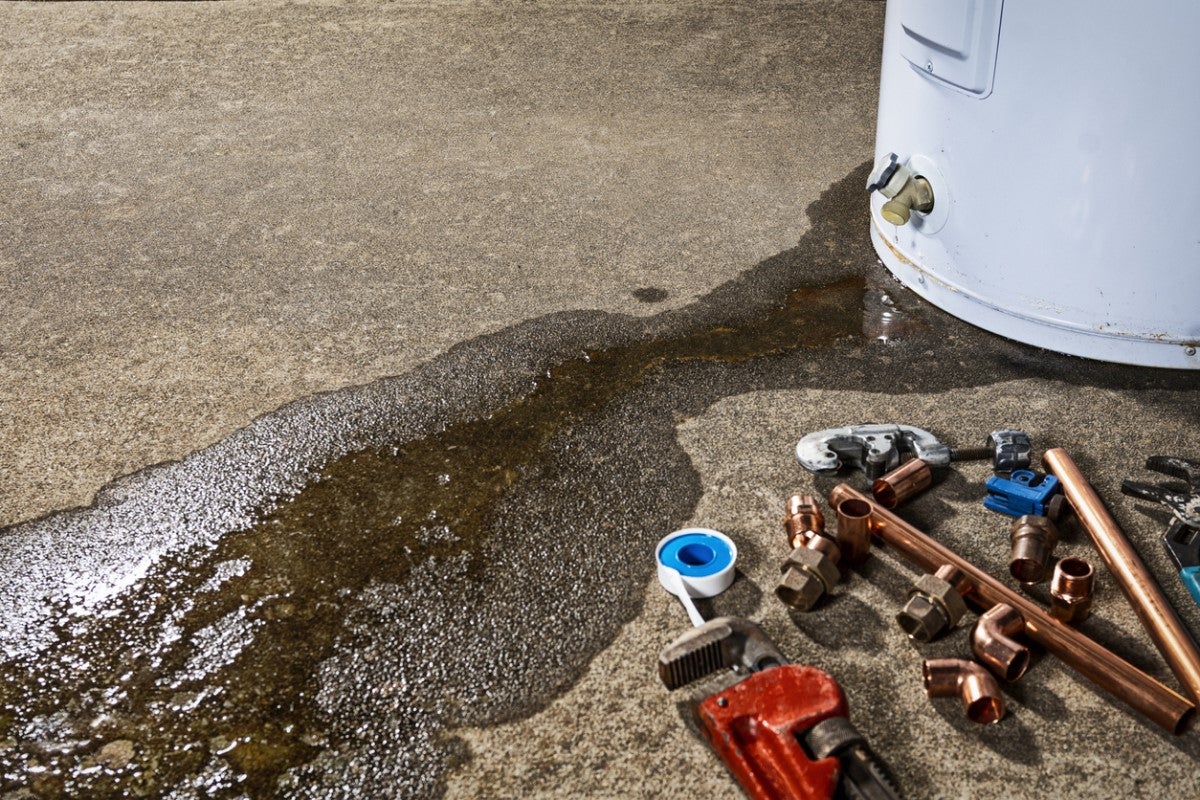
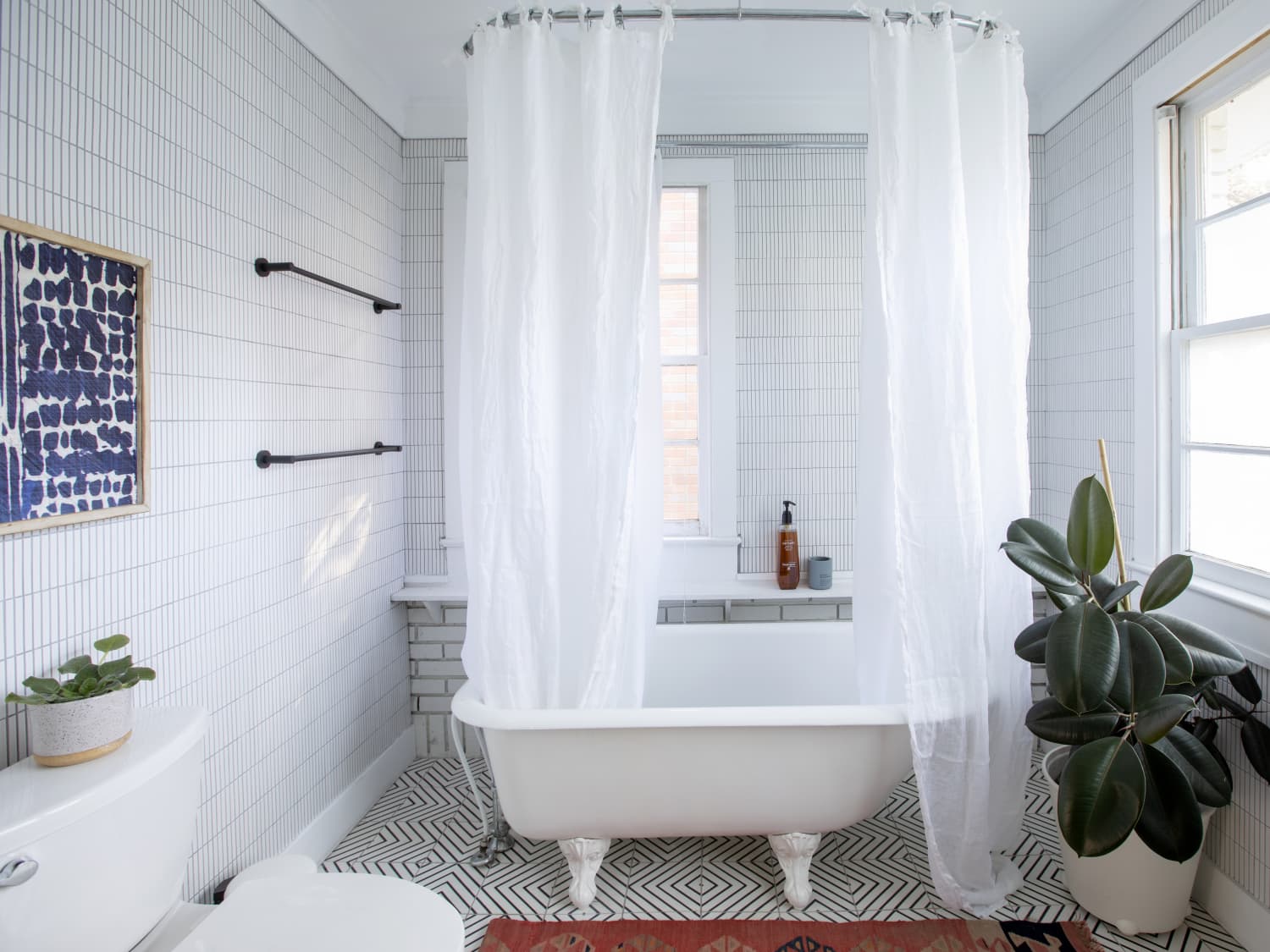
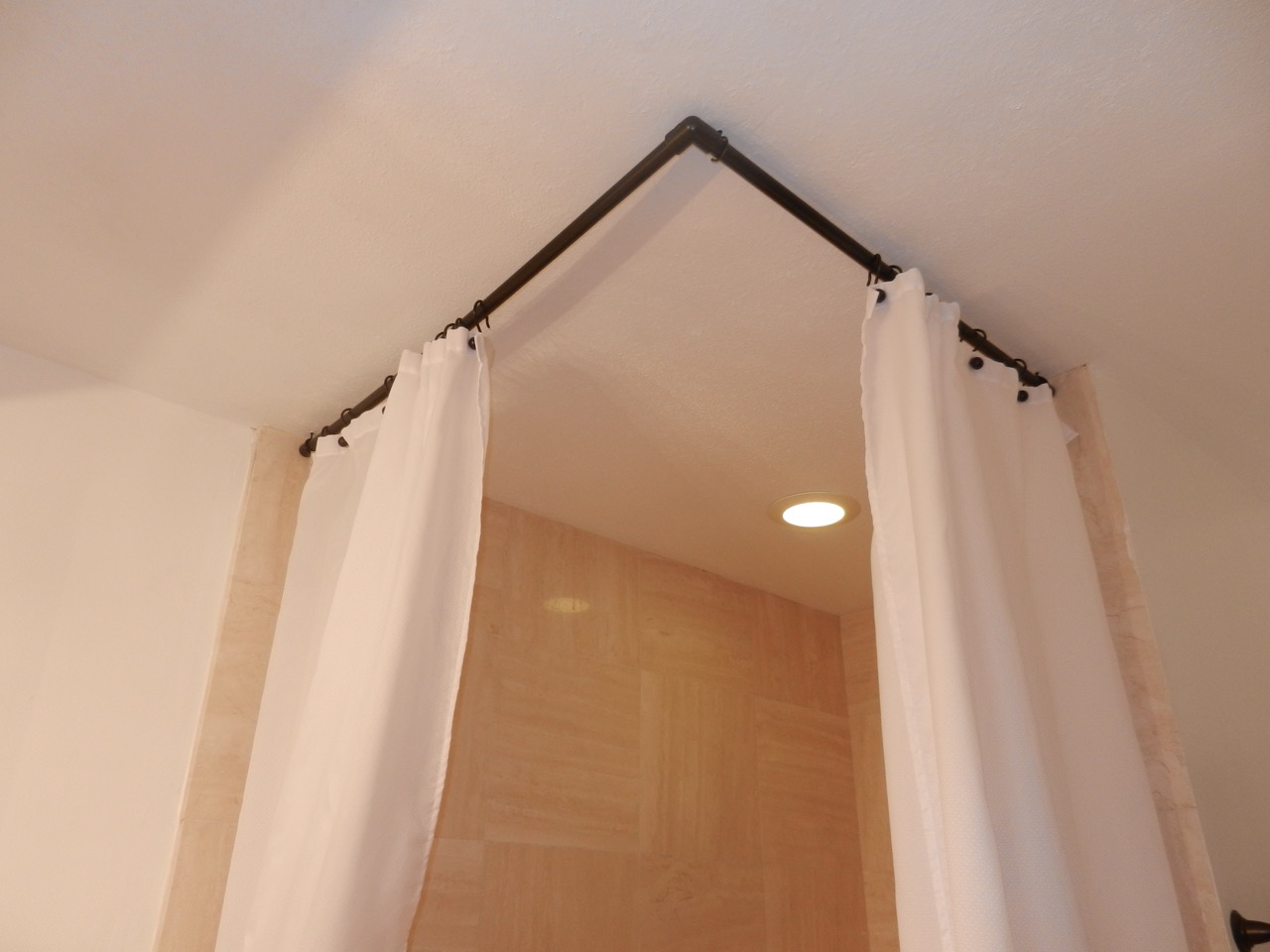

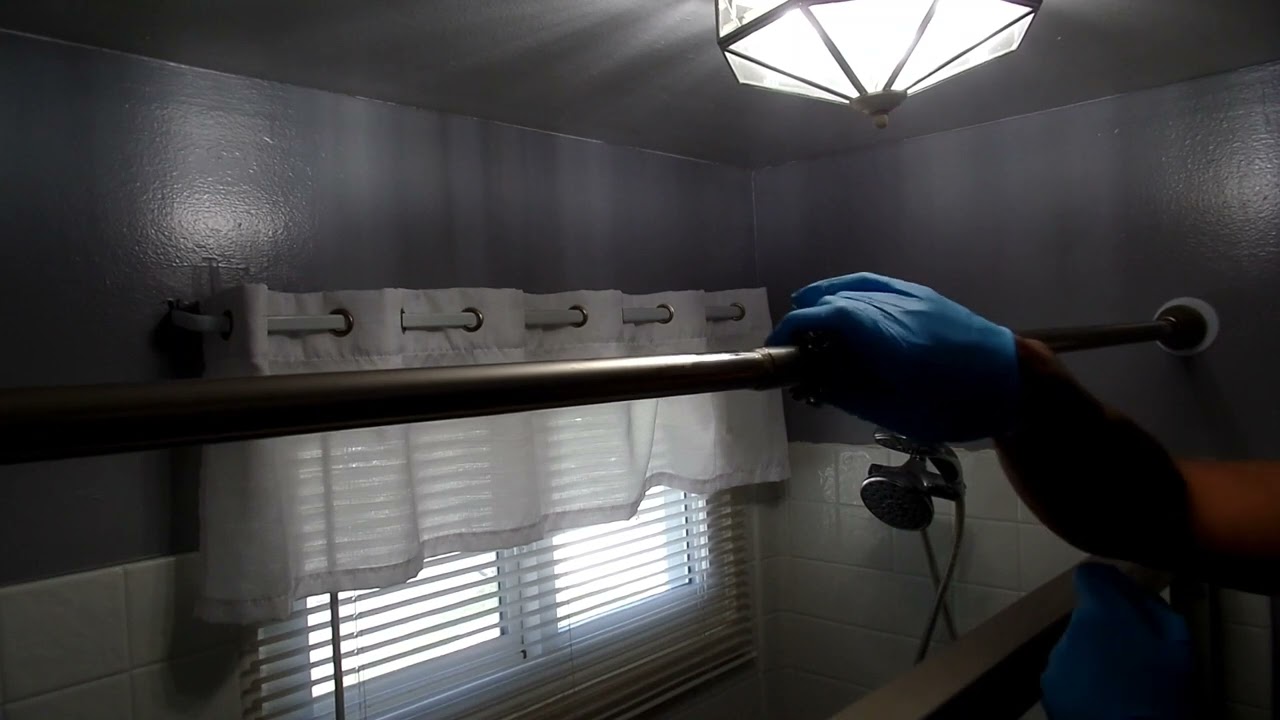
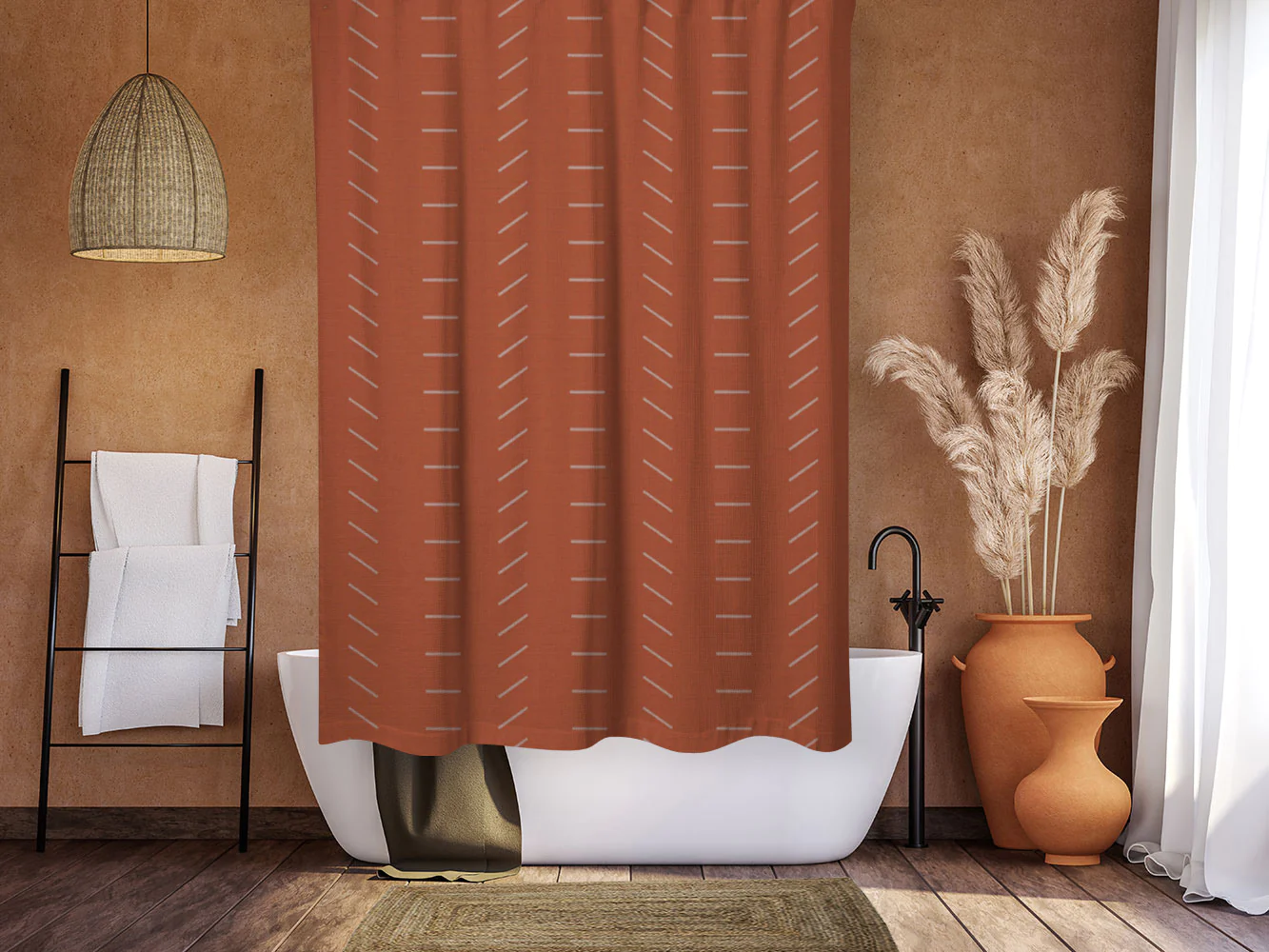
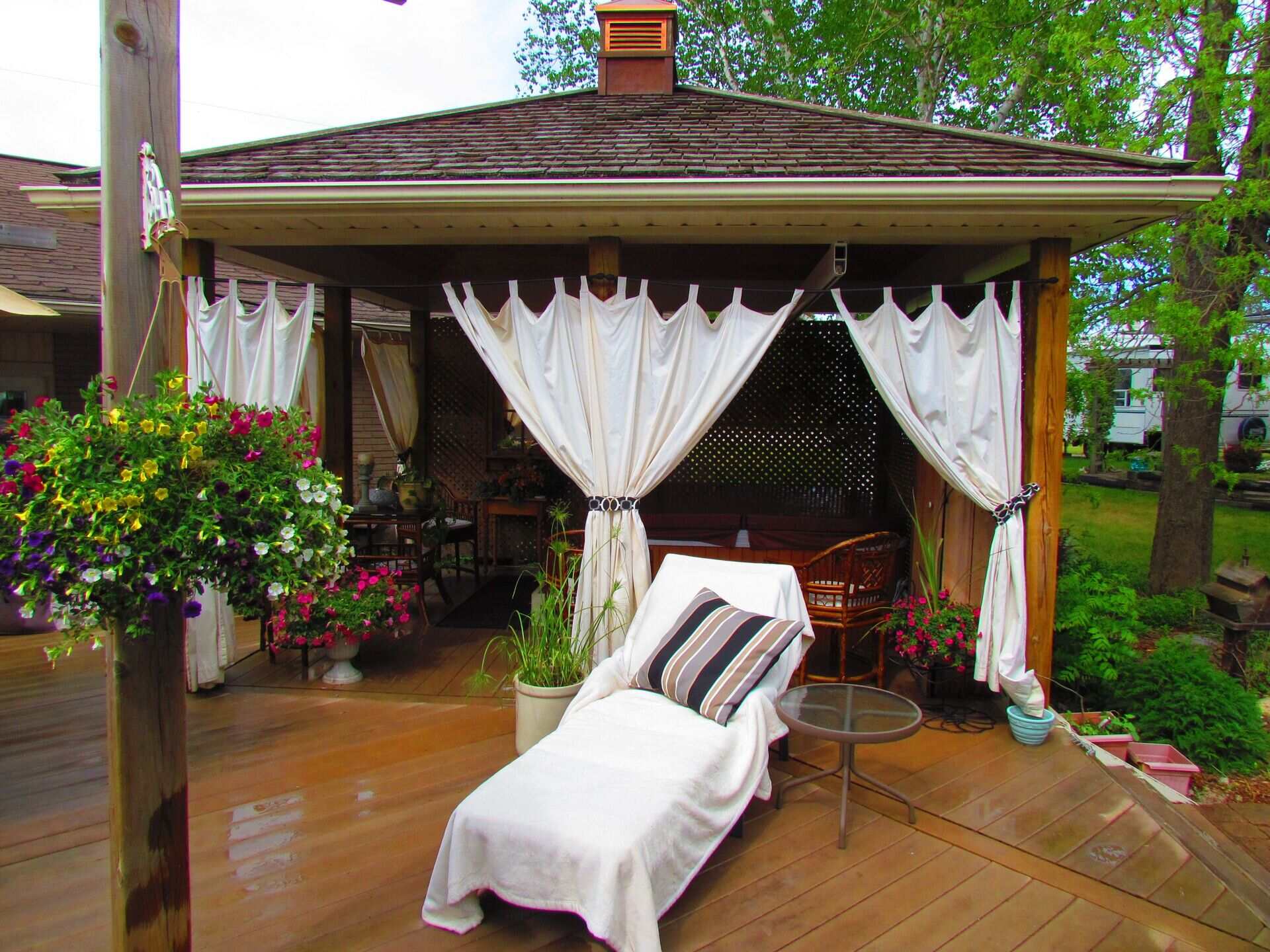
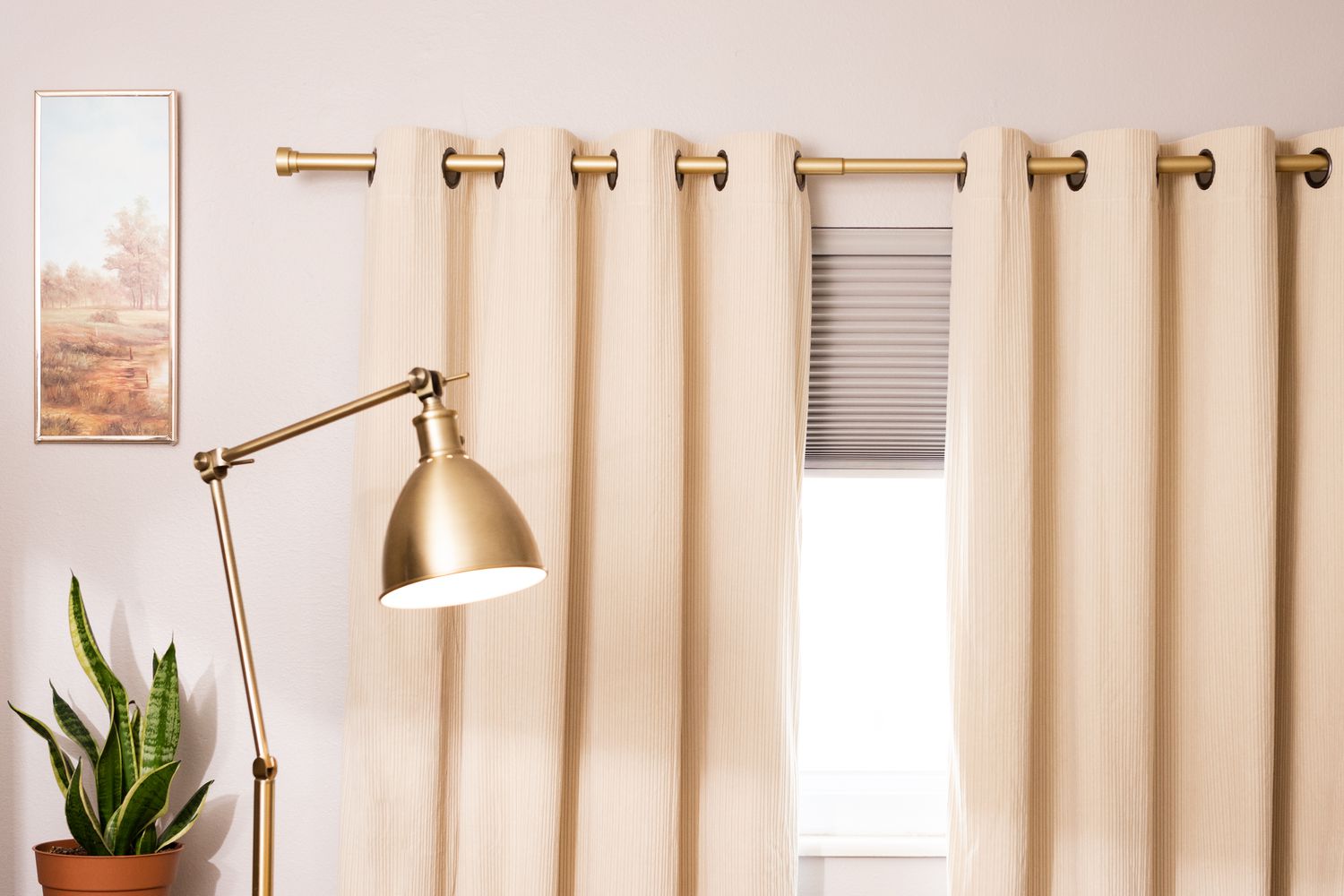
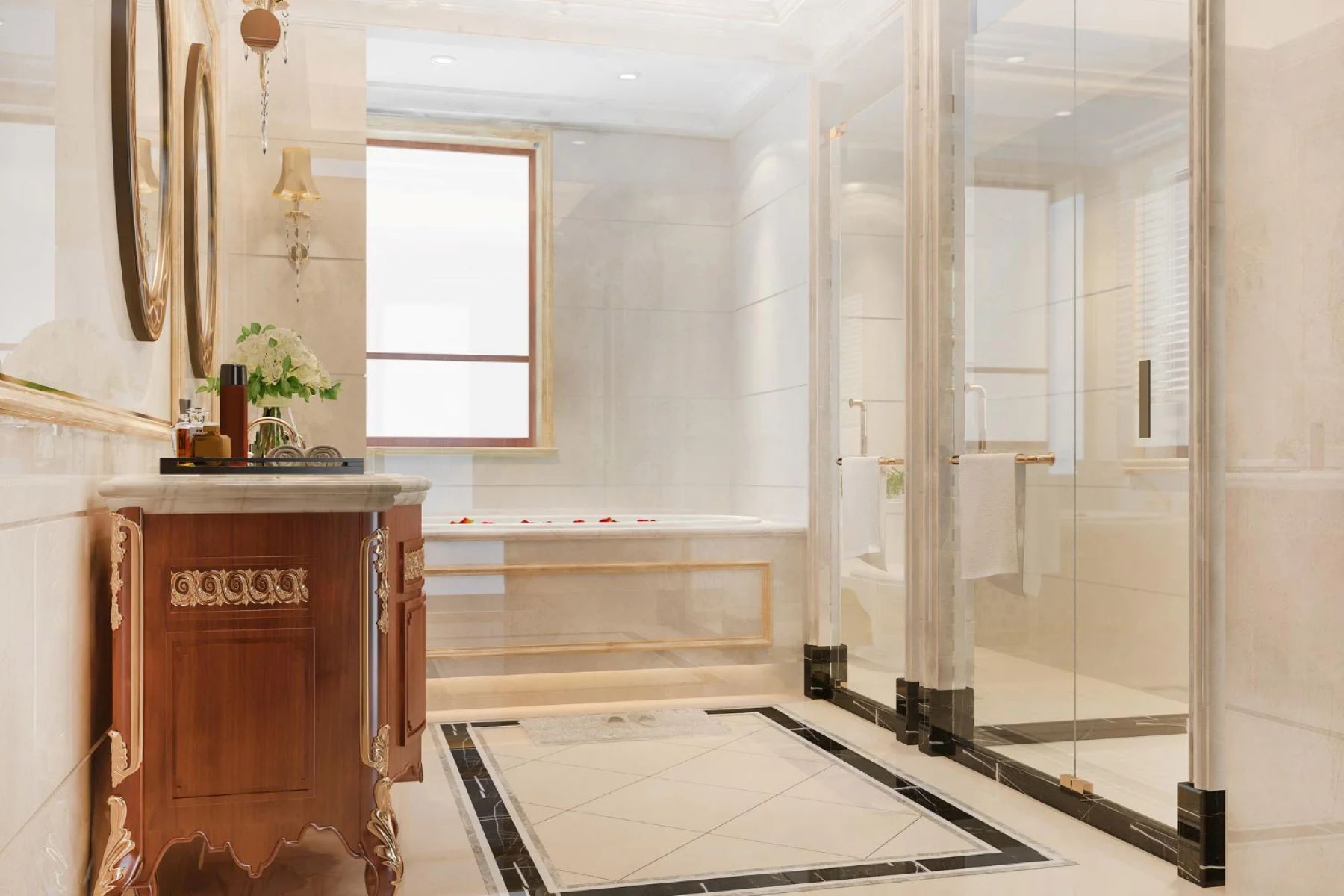


0 thoughts on “How To Keep Water From Leaking Outside A Shower Curtain”